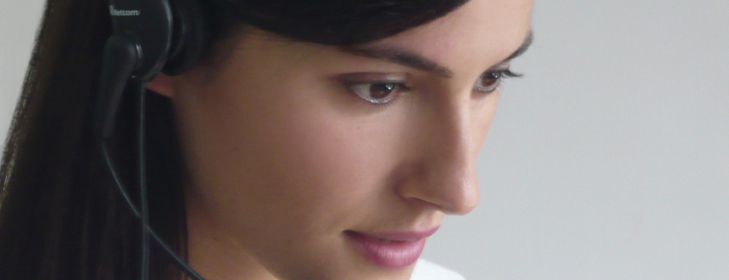TIP:
When you do the listening subtest you will need to listen at the same time as you fill in your answers on an answer sheet. Before listening to each section, you are given time to read the questions, and during this time you need to think about possible answers and focus on the information you will need to extract from the recording you hear. Remember, you hear the recording only once.
You should fill in all answers on the answer sheet. Marks are NOT deducted for incorrect answers.

